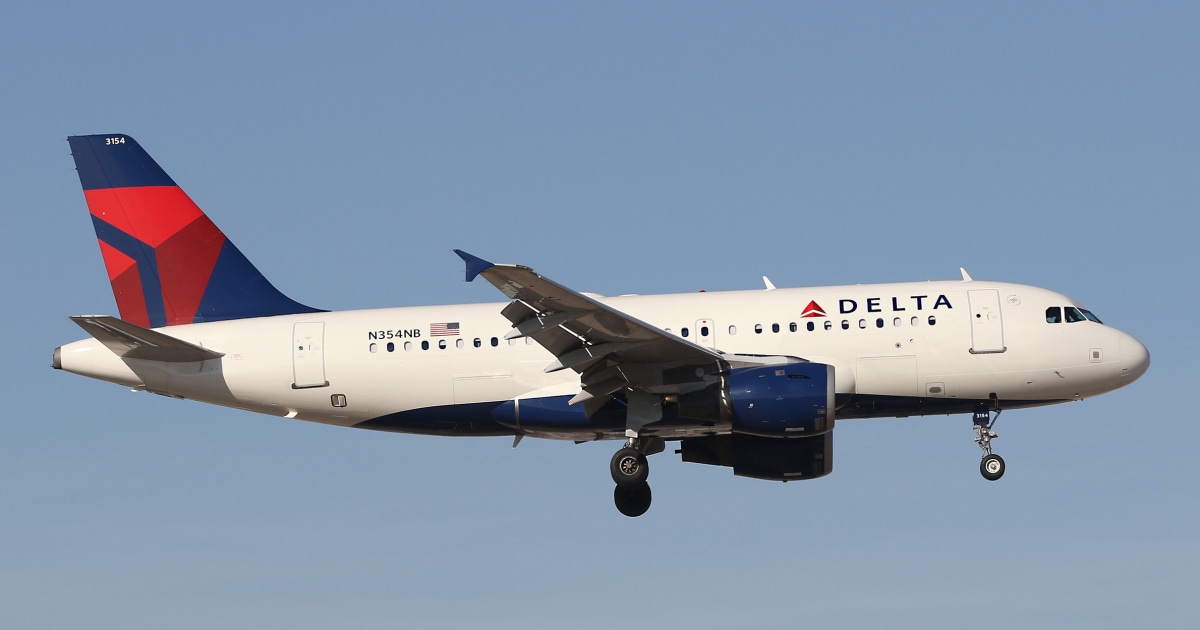This. Even if you can check-in online, and even if you checked in at the ticket counter and showed your passport to a worker, there’s a last-ditch check at the boarding podium to ensure each passenger still has their own passport just before entering the jetbridge.
At least that was / is procedure at my former carrier as of yesterday when I flew home from an international vacation.
This. It’s all on the crewmember. Rest assured they caught hell when they got back to base.
Yes. The airplane turns around ASAP, but the crew goes to a hotel to sleep. And quite often comes back 25-ish hours later to work that return flight, just offset by one day. The crew that arrives in China on Monday goes back on Tue; the crew that arrives on Tue goes back on Wed, etc.
On the other hand they must have some contingency plan in case a crewmember gets sick while in China or something like that.
There are, but there are no great answers, only less-bad answers. There’s nobody specifically sitting around to possibly fill in for a sick, injured, or arrested crewmember just in case.
If there’s just one flight per day, the best the airline can do is dispatch an extra crewmember on the next flight, and have them work the flight the day after they arrive, so two days aafter the goofed up flight didn’t go. No matter how you slice it, one flight back will never operate, and one airplane will sit idle an extra 24 hours at the far destination.
If you have multiple flights a day, there are similar techniques to eat the elephant in 2 or 4 smaller bites, rather than one single 24-hour bite. But that ends up disrupting all those flights as you try to operate a little bit late to roll the open hole forward in time until the replacement crewmember gets there to fill that hole.
For FAs on long-haul big airplanes, there are usually enough staffing for customer service purposes, that there’s more than the bare FAA minimum. So you can lose one, or maybe even 2, and still operate the flight back as scheduled. The FA union will probably be pissed, but the carrier can tell them to go pound sand.
There’s no such excess for pilots. Whether there are two, three, or four, it’s the bare minimum the Feds will allow. If anybody can’t make it, it’s “Bang! Headshot. Game over.” for that flight.
I think the difference is that in that case, the entire burden falls on the passenger. China wants to arrest him and put him in jail? Too bad, so sad. But the airline can’t afford to take that risk with one of its pilots.
It’s not so much that the airline can’t risk its pilot. They’ve got hundreds more exactly interchangeable cogs where that person came from.
It’s that they can’t risk getting the host country angry at the airline itself. If China decides they don’t like UAL, well, maybe none of their airplanes are allowed to land for month or two.
That’s the kind of extortionate behavior you get with generally lawless regimes. Including the one presently in Washington.
but because it happened to be their domain over which they had control; they could do it, so they did, because it was the easiest solution for them.
But it wasn’t the easiest solution by a long shot for the huge inconvenience, missed meetings, and missed connections to over 500 passengers – the 275 on the plane, and probably a similar number on the delayed return flight. If I had been a passenger on that flight and lost a business opportunity because I missed a crucial meeting, I wouldn’t be content with a $30 meal voucher – I’d sue the bastards.
You’re certainly right about adverse consequences. But that’s just the breaks of the game.
You’d be welcome to sue. You’d probably get nowhere, but you’re welcome to try.

